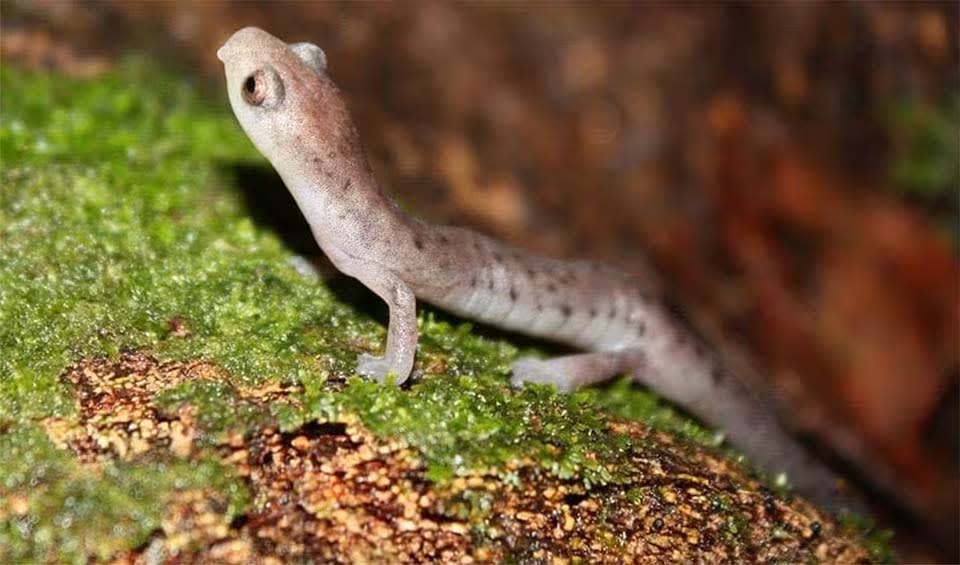Bolitoglossa
Unlike many amphibians, they do not have a free-living larval stage; their eggs hatch directly into miniature adults
A fascinating group of amphibians found primarily in the tropical regions of Central and South America. With around 130 recognized species, Bolitoglossa is the most diverse genus of salamanders, showcasing remarkable adaptations to their environments. They are generally small to medium-sized, with elongated bodies, slender limbs, and long tails. One of their most distinctive features is their webbed feet, which enable them to climb and cling to surfaces such as leaves, branches, and rocks. This adaptation is particularly useful for living in arboreal and semi-arboreal environments. Their skin is smooth and moist, which is typical of most salamanders and can vary in color from dull browns and grays to more vibrant hues such as reds, oranges, and greens. Some species have striking patterns and markings that provide camouflage or serve as warning coloration.
These salamanders are primarily nocturnal, emerging at night to forage for food. They are carnivorous, feeding on a variety of small invertebrates such as insects, spiders, and worms. Their diet reflects their opportunistic feeding habits, as they consume whatever prey is most available in their environment. A unique behavioral trait of these salamanders is their climbing ability. Thanks to their webbed feet, they can easily navigate vertical surfaces, making them adept at climbing trees, shrubs, and even rocks. This ability allows them to exploit a wide range of microhabitats, from the forest floor to the canopy.
Species in this genus
Alvarados salamander
Their webbed feet and slender limbs are ideal for climbing, enabling them to thrive in diverse microhabitats


